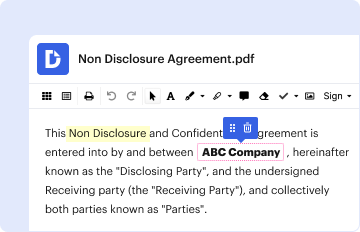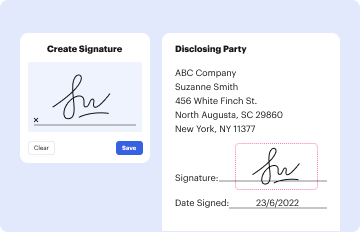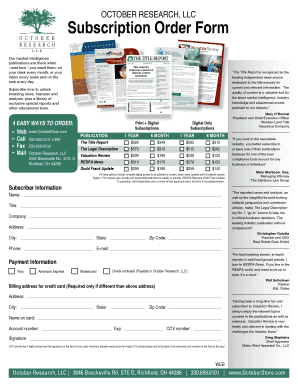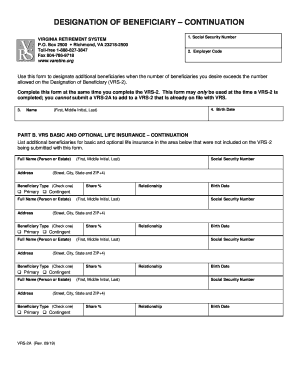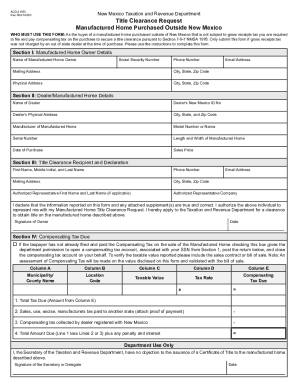Definition and Meaning of Class Observation Scoring Sheet
A class observation scoring sheet is an assessment tool used primarily in educational settings to evaluate teaching practices and classroom dynamics. This structured document allows educators and evaluators to systematically record and quantify various aspects of teaching effectiveness during observations. The scoring sheet typically includes criteria such as instructional strategies, student engagement, classroom management, and content delivery, enabling a comprehensive analysis of an educator's performance.
- Purpose: The primary aim of a class observation scoring sheet is to provide a clear, objective measure of teaching quality, facilitating targeted feedback for professional development.
- Components: Common components include rating scales, descriptive criteria for each rating, and specific observation notes sections.
- Users: This tool is widely utilized by school administrators, peer reviewers, and mentors aiming to enhance classroom instruction.
How to Use the Class Observation Scoring Sheet
Using a class observation scoring sheet involves several steps that ensure both the observer and the teacher gain constructive insights from the evaluation process.
-
Prepare for Observation:
- Review the scoring sheet prior to the observation to familiarize yourself with the criteria.
- Discuss with the teacher the focus of the observation, which can include specific goals or areas of concern they wish to address.
-
Conduct Observation:
- Attend the class and complete the scoring sheet in real-time, taking notes on instructional strategies, student interactions, and classroom management.
- Use a combination of numeric ratings and descriptive comments to capture details as they unfold.
-
Post-Observation Review:
- Meet with the observed teacher to discuss your findings, providing both scores and contextual feedback.
- Create an action plan based on the results to guide future instructional practices and professional development.
Key Elements of the Class Observation Scoring Sheet
A well-structured class observation scoring sheet contains several critical elements that enhance its effectiveness as an assessment tool.
- Criteria for Evaluation: Informative descriptors for each aspect of teaching, such as engagement, clarity, and adaptability.
- Rating Scale: A defined scale (e.g., one to five) indicating levels of efficacy or proficiency.
- Feedback Section: Allocated space for qualitative feedback, allowing observers to elaborate on scores and provide actionable insights.
- Observation Details: Inclusion of specifics like date, time, and lesson topic, ensuring the context of each observation is clear and well-documented.
Examples of Using the Class Observation Scoring Sheet
Implementing the class observation scoring sheet can vary depending on the educational context, and its adaptability allows for diverse applications.
- Professional Development Workshops: Administrators may use scoring sheets in professional development settings to evaluate workshop facilitators and enhance training efficacy.
- Peer Review Programs: In peer observations, educators can provide constructive feedback using a scoring sheet, fostering a collaborative environment for growth.
- Student Teaching Evaluations: Teacher candidates can be assessed using the scoring sheet to provide candid, actionable feedback that supports their professional journey.
Legal Use of the Class Observation Scoring Sheet
In the United States, the legal use of a class observation scoring sheet encompasses ethical considerations and adherence to educational standards.
- Confidentiality: Observations and resulting data should be kept confidential to protect the privacy of both students and teachers.
- Compliance with Education Standards: The evaluation process must align with institutional policies and state educational standards, ensuring fairness and objectivity.
- Use in Evaluative Appraisal: Class observation scoring sheets should be utilized strictly within the context of professional development and not as sole determinants of employment decisions, safeguarding against discriminatory practices.
Steps to Complete the Class Observation Scoring Sheet
Completing a class observation scoring sheet effectively requires attention to detail and a systematic approach.
- Preparation: Ensure all materials are ready including the scoring sheet and any required tools for note-taking.
- Conducting the Observation: Attend the class and fill out the scoring sheet based on your observations, utilizing both quantitative ratings and qualitative notes to provide comprehensive feedback.
- Reflection: After the observation, review your notes, score each criterion, and provide written comments that summarize your insights.
Important Terms Related to Class Observation Scoring Sheet
Acquainting oneself with key terminology enhances understanding and effective use of the class observation scoring sheet.
- Instructional Strategies: Techniques employed by educators to deliver lessons effectively and engage students.
- Classroom Management: The practices a teacher employs to maintain a productive learning environment, including behavior management techniques and classroom organization.
- Student Engagement: The degree of interest, motivation, and involvement that students exhibit during lessons, crucial for effective teaching and learning outcomes.

